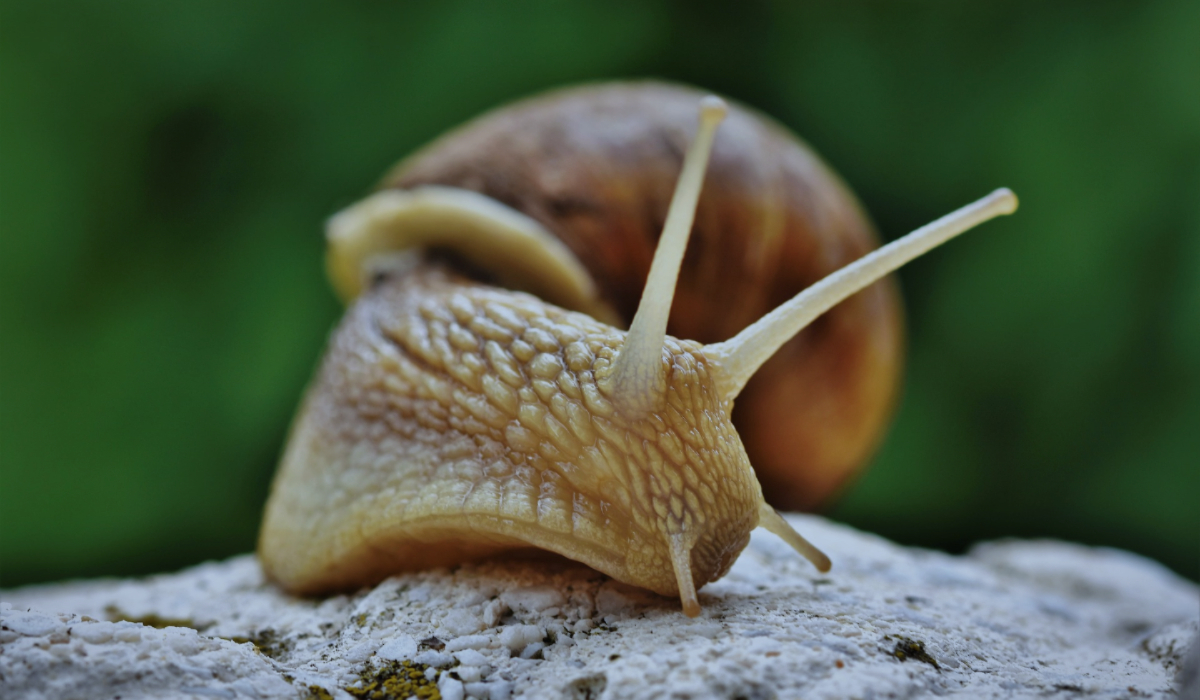The concept of deriving medically useful compounds from the natural resources around us has been something that humans as a species have pursued for nearly the entirety of our existence. In fact, the earliest records of using natural resources to heal can be traced back to the documentation of oils in Mesopotamia and into the highly detailed pharmaceutical records of ancient Egypt.
The progress of time, however, has brought with it a significant advance in just how much biodiversity the scientific community can pursue in the interest of medical development. Dr. Margot Haygood, a research professor in the University of Utah’s College of Pharmacy, is one of a number of university faculty deeply involved in this biodiversity based work.
The University of Utah is currently partnering with local higher education institutions in the Philippines as part of U.S. government funded endeavor known as International Cooperative Biodiversity Groups [ICBG] to do biodiversity based pharmaceutical research.
One of the issues that ICBG was created to address was the idea of “parachute science.” The term refers to scientists from developed countries entering developing countries to retrieve certain chemicals or molecules needed to create a drug, and then simply leaving.
“This leaves the developing country out of the loop, where they gain nothing from the interaction. There is certainly a fair amount of dissatisfaction if a product is commercialized and the local people end up having to pay for something that as naturally found in their country to begin with,” Haygood said “The majority of useful drugs have their roots in natural products, complex chemicals that come from living organisms rather than being synthesized by a chemist in a laboratory.”
Beyond the lack of economic compensation, this type of research bars any knowledge from being shared with the scientific community of the country where the parachute science takes place.
The key aspect of ICBG that makes it so effective is called “access and benefits sharing.” Essentially, this allows the host country to maintain control of its biodiversity, and should anything economically viable come out of any of the research the host country receives a portion of that success.
“By training the scientists in the host country and giving them opportunity to pursue top-level research, a developing country can be left self sufficient in doing their own research,” Haygood explained.
The project University of Utah’s ICBG project started in 2008 and is in its second cycle of funding, However, as Haygood explained, simply getting the proposal for the project through presented its own challenges.
“The Philippines is a county that has interacted with outside countries such as Spain and the U.S. in ways that have not always been positive,” Haygood said “So they are often rightfully suspicious of outside entities coming in and trying to make a profit from them. This makes the Philippines notoriously difficult to work with in regards to discovery based biodiversity research.”
The connection was made easier thanks in part to another university faculty member, Dr. Baldomero Olivera, whose research had already taken him to the Philippines where he had made many connections
The current project in the Philippines is similar to the research Olivera’s research which focused on the peptides produced in cone snail venom that caused interesting neurological activity in mammals.
With the Philippines considered to be the epicenter of biodiversity amongst marine mollusks, it was obvious to the faculty involved that the research partnership should take place there. The current research revolves around bivalve mollusks, and the microbes associated with them. Of specific interest are some of the neurologically active compounds, anti-microbial compounds, and anti-cancer compounds produced in these mollusks’ microbial environment.
The project has allowed for a significant amount of exchange between the Filipino researchers and the University of Utah’s research teams. The research there has run the gamut from biodiversity related research, to microbiology, and chemistry.
“We do our best to support our colleagues in the Philippines to raise the level of research being done in the country,” Haygood said. “We are hoping that the project spins off additional projects so that the work will be continued even if the ICBG program doesn’t.”
In particular, two of the molecules the project has discovered thus far are of enough interest that they have been patented. Haygood explained that whether or not those molecules ever lead to any sort of drug creation is still years of research away, but was pleased to have such significant results coming out of the project so early.
With the project so early in it’s second cycle, Haygood said she is hopeful that even greater discoveries can be made from the collaborative research.

